Diana Andreea Popescu
University of Cambridge
Revisiting IoT Device Identification
Jul 16, 2021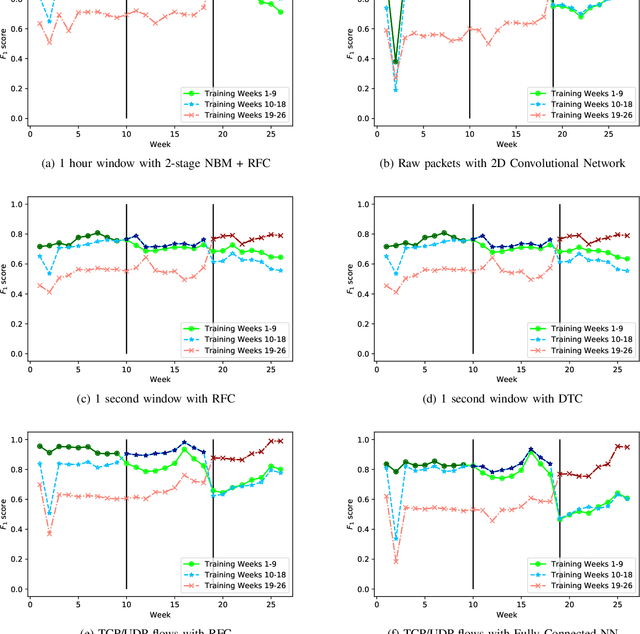
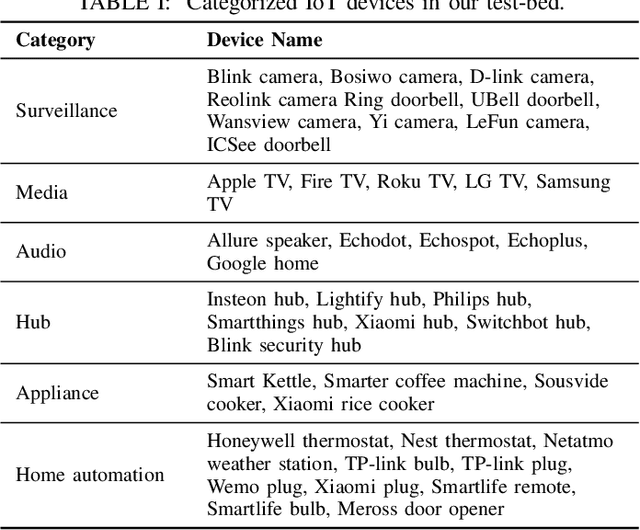
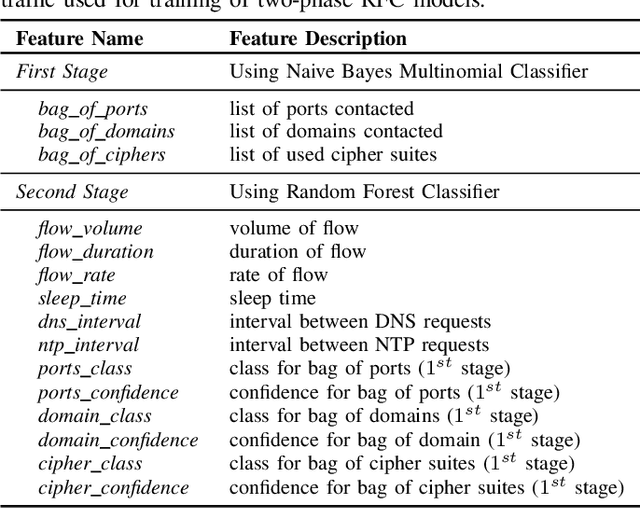

Abstract:Internet-of-Things (IoT) devices are known to be the source of many security problems, and as such, they would greatly benefit from automated management. This requires robustly identifying devices so that appropriate network security policies can be applied. We address this challenge by exploring how to accurately identify IoT devices based on their network behavior, while leveraging approaches previously proposed by other researchers. We compare the accuracy of four different previously proposed machine learning models (tree-based and neural network-based) for identifying IoT devices. We use packet trace data collected over a period of six months from a large IoT test-bed. We show that, while all models achieve high accuracy when evaluated on the same dataset as they were trained on, their accuracy degrades over time, when evaluated on data collected outside the training set. We show that on average the models' accuracy degrades after a couple of weeks by up to 40 percentage points (on average between 12 and 21 percentage points). We argue that, in order to keep the models' accuracy at a high level, these need to be continuously updated.
The Case for Retraining of ML Models for IoT Device Identification at the Edge
Nov 17, 2020
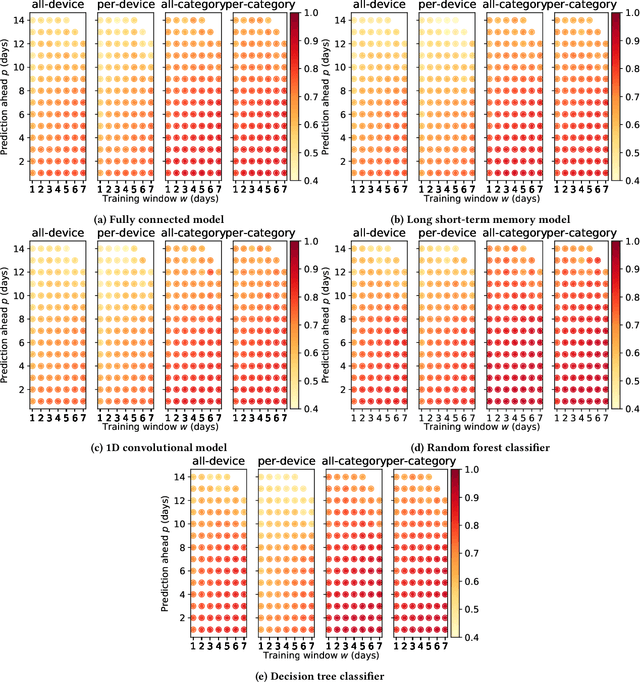
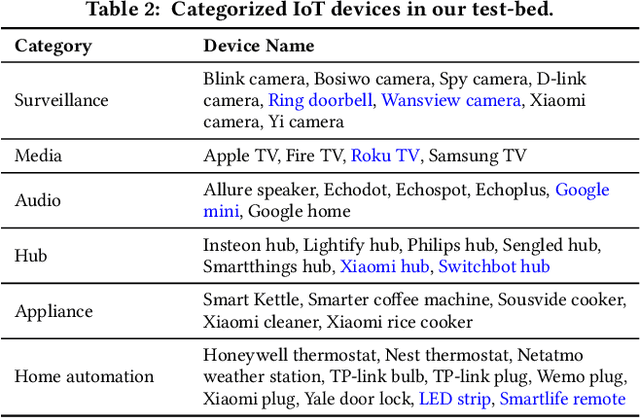
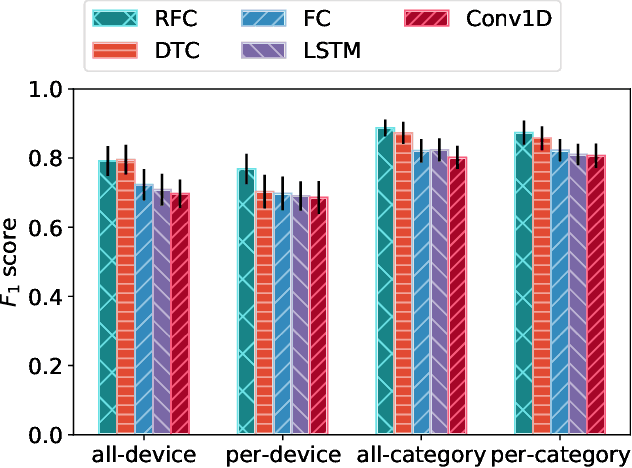
Abstract:Internet-of-Things (IoT) devices are known to be the source of many security problems, and as such they would greatly benefit from automated management. This requires robustly identifying devices so that appropriate network security policies can be applied. We address this challenge by exploring how to accurately identify IoT devices based on their network behavior, using resources available at the edge of the network. In this paper, we compare the accuracy of five different machine learning models (tree-based and neural network-based) for identifying IoT devices by using packet trace data from a large IoT test-bed, showing that all models need to be updated over time to avoid significant degradation in accuracy. In order to effectively update the models, we find that it is necessary to use data gathered from the deployment environment, e.g., the household. We therefore evaluate our approach using hardware resources and data sources representative of those that would be available at the edge of the network, such as in an IoT deployment. We show that updating neural network-based models at the edge is feasible, as they require low computational and memory resources and their structure is amenable to being updated. Our results show that it is possible to achieve device identification and categorization with over 80% and 90% accuracy respectively at the edge.
 Add to Chrome
Add to Chrome Add to Firefox
Add to Firefox Add to Edge
Add to Edge